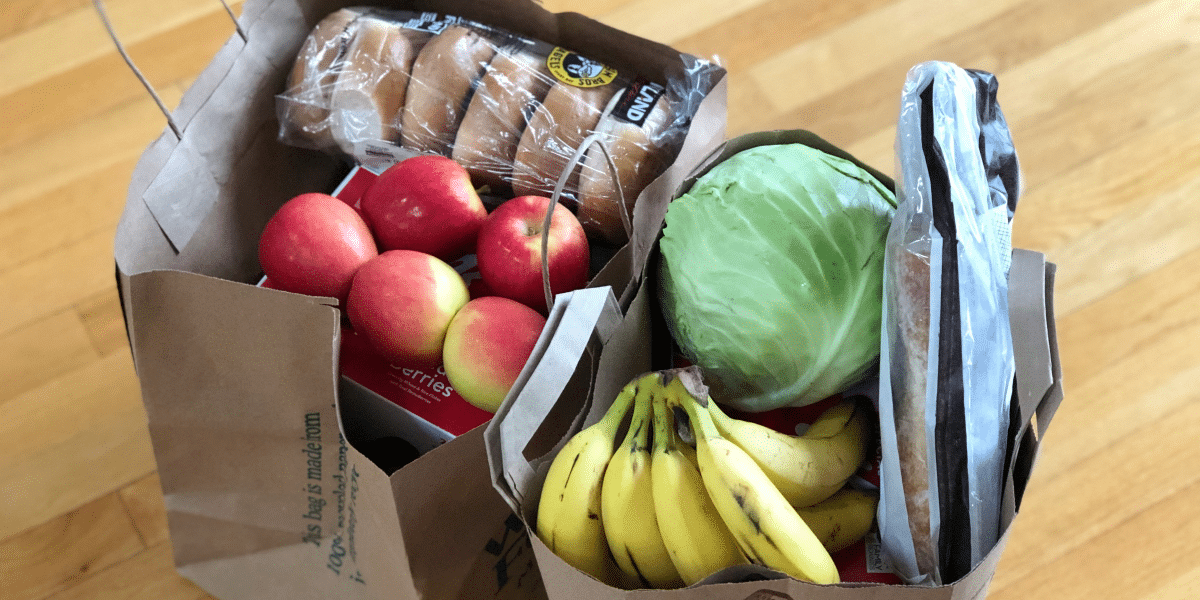Eating healthy doesn’t have to mean spending a fortune. With a bit of planning and creativity, it’s possible to enjoy nutritious meals that are both affordable and delicious. Here are some practical tips and ideas for maintaining a balanced diet without breaking the bank.
Planning and Shopping Smart
The foundation of healthy eating on a budget starts with smart planning and shopping. Begin by making a weekly meal plan, which can help you avoid impulsive purchases and reduce food waste. Create a shopping list based on your meal plan, and stick to it when you go to the grocery store.
Shopping in-season and local produce can significantly cut costs. Farmers’ markets often offer fresh, high-quality fruits and vegetables at lower prices compared to supermarkets. Additionally, buying in bulk is a great way to save money on staples like grains, beans, and nuts. Stores with bulk sections allow you to purchase just the amount you need, reducing waste and cost.
Another tip is to look for sales and use coupons. Many stores have weekly deals and discounts that can help you save on your grocery bill. Apps and websites dedicated to couponing can provide additional savings opportunities. Don’t shy away from store brands, which are often just as good as name brands but much cheaper.
Creative and Affordable Meal Ideas
Getting creative in the kitchen can lead to delicious and budget-friendly meals. One-pot dishes, such as soups, stews, and casseroles, are excellent options. These meals are not only easy to prepare but also allow for the use of various inexpensive ingredients like beans, lentils, and seasonal vegetables.
Incorporating tofu in meals can be a cost-effective way to boost protein intake without breaking the bank. Tofu is versatile and can be used in a variety of dishes, from stir-fries to salads. It absorbs flavors well and can be a tasty addition to many meals.
Breakfast is another meal where you can save money while eating healthily. Oatmeal is a fantastic option; it’s affordable, nutritious, and can be dressed up with fruits, nuts, and spices for added flavor. Smoothies made with frozen fruits, leafy greens, and a protein source like Greek yogurt or peanut butter are also nutritious and economical.
Making the Most of Leftovers
One of the great ways to maximize your food budget is by making the most of leftovers. Leftovers can be reinvented into new meals, reducing food waste and saving you money. For example, leftover roasted vegetables can be turned into a hearty vegetable soup, or mixed into a frittata for a quick and easy dinner.
Batch cooking is another strategy that can help with healthy eating on a budget. Prepare large quantities of meals like chili, pasta sauce, or grain salads, and portion them out for the week. This not only saves time but also ensures you have healthy meals ready to go, reducing the temptation to order takeout.
Freezing leftovers is also a great way to extend their shelf life. Soups, stews, and casseroles freeze well and can be reheated for a quick meal on busy days. Just make sure to label and date the containers to keep track of what you have.
Enjoying Nutritious Meals Without Overspending
Healthy eating on a budget is entirely achievable with the right strategies and mindset. By planning meals, shopping smart, and getting creative in the kitchen, you can enjoy nutritious and delicious meals without overspending. Incorporating affordable protein sources like tofu, utilizing leftovers, and taking advantage of seasonal produce are just a few ways to make your food budget go further. With these tips, you can maintain a healthy diet and keep your finances in check.
Published by: Holy Minoza


















